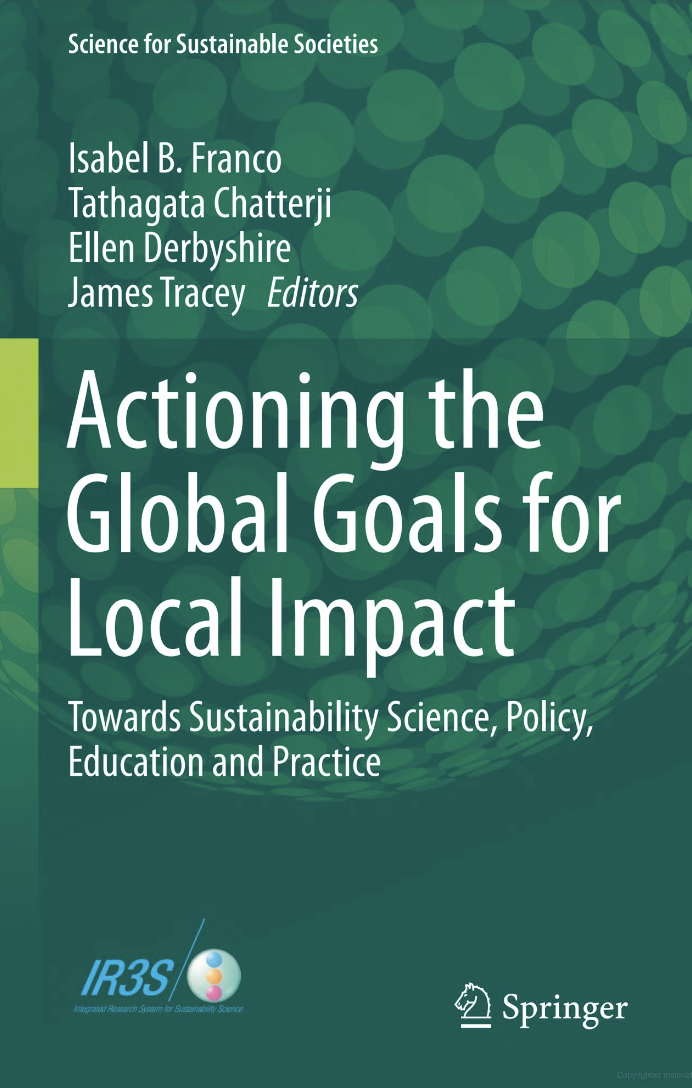
Palomino, E. (2019) SDG 14 Life Below Water Introducing Fish Skin as a Sustainable Raw Material for Fashion. In: Franco I., Chatterji T., Derbyshire E., Tracey J. (eds) Actioning the Global Goals for Local Impact. Science for Sustainable Societies. S
In recent years there has been a growing interest in fish skin – a by-product of the
food industry – as an alternative sustainable raw material for fashion. Global production of
fish has steadily increased over the last decade and more than 50% of the total remaining
material from fish capture results in 32 million tonnes of waste. A substantial amount of
this waste is the skin of the fish; only a small percentage of this skin is processed into
leather. While, to date, the European Environment Agency allows seafood processors
to dispose of fish skins in marine waters, this is expected to change as the decomposing
organic waste can suck up available oxygen from marine species and introduce disease
into the local ecosystem. Fish skin leather processing could prevent and significantly
reduce marine pollution and sustainably protect marine ecosystems in order to achieve
healthy and productive oceans. This paper describes the conditions necessary for the
development of fish skin craftsmanship within a Fashion Higher Education sustainable
curriculum. In order to enhance the innovation and sustainable design of fish leather
products, the author has developed an impactful capacity-building approach connecting
fashion students with the Icelandic fish leather industry, which is renowned for sustainable
sourcing from Nordic fish farms, promoting the sustainable use of ocean-based resources.
https://link.springer.com/chapter/10.1007/978-981-32-9927-6_15










